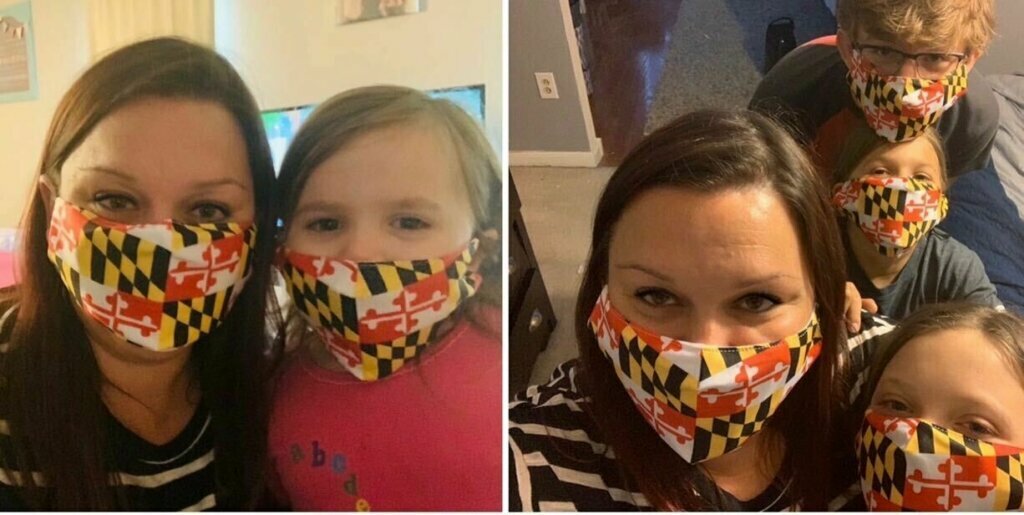
This story is part of “Parenting in a Pandemic,” WTOP’s continuing coverage of how parents are dealing with childcare, schooling and more through the coronavirus pandemic.
When the pandemic forced everything to shut down back in mid-March, lots of parents in the D.C. region and around the country put their lives, and their careers, on hold.
Nikkole Casper, of Gambrills, Maryland, was one of them. She took a leave of absence from her job, filed for unemployment and started watching her four kids — including the three who eventually finished the school year online — while her fiance, an essential federal employee, kept working.
Two months later, she got an email from her boss saying someone had been hired to replace her.
More from the series
Parenting in a pandemic: Anxieties working parents face with back-to-school decisions
Parenting in a pandemic: The search for child care
“He emailed me saying they had to refill my position,” Casper said. She had been fired by email.
Since then, with day care open and her other kids no longer doing school work, she has gone back to work for a new company, though with some angst that she could find herself in the same situation again this fall. It’s a predicament millions of Americans can relate to.
“It’s often times falling to the women to sort of just step out of the workforce,” said Cheryl Oldham, a vice president for education policy with the U.S. Chamber of Commerce.
Back in April, the parenting benefits platform CLEO did a survey and found 20% of parents said either they or their partner were considering leaving the workforce to care for their children.
A follow-up survey released this week found a third of families had a parent either stop working or scale back to part-time hours. Seven out of 10 times, it was the mother who stopped working.
Though working parents make up the bulk of America’s workforce, barely more than a third said they had child care coverage in June.
The number who said they had regular access to child care was far smaller — 15%. Nearly everyone (98%) said coordinating responsibilities and child care logistics was now the top priority.
For Oldham, a working mom herself, the pandemic is shining a huge spotlight on the importance of child care as it relates to any sort of return to normalcy, from the macroeconomic impact child care has to the process of living day to day and raising a family.
“There is also this heightened sense and awareness of the burden that this pandemic is placing on women,” she said. “It’s sort of these unconscious sort of biases that we have that we just assume women are the ones that have to handle the child care situation.”
“We just assume women in the workplace are the ones dealing with all of this and, generally, they are,” she added. “I think that has an impact on who we promote and who gets raised up the ladder, and who are in leadership positions. Somewhere, we’re thinking they’ve got personal, they’ve got family issues to deal with, they can’t possibly give everything that they can give to the job. I think that again, if anything, that’s proving not to be the case.”
But with remote working going better than expected in a lot of places, Oldham said, “Many of the lucky ones of us who are able to work from home are proving we can do it and juggle all these things.”
But, without reliable child care, too many women may not get the same chance.
- Sign up for WTOP alerts
- Fall school plans for DC, Maryland, Virginia systems during coronavirus
- Latest coronavirus test results in DC, Maryland and Virginia
- Coronavirus FAQ: What you need to know
- Coronavirus resources: Get and give help in DC, Maryland and Virginia
Looking for more information? D.C., Maryland and Virginia are each releasing more data every day. Visit their official sites here: Virginia | Maryland | D.C.








